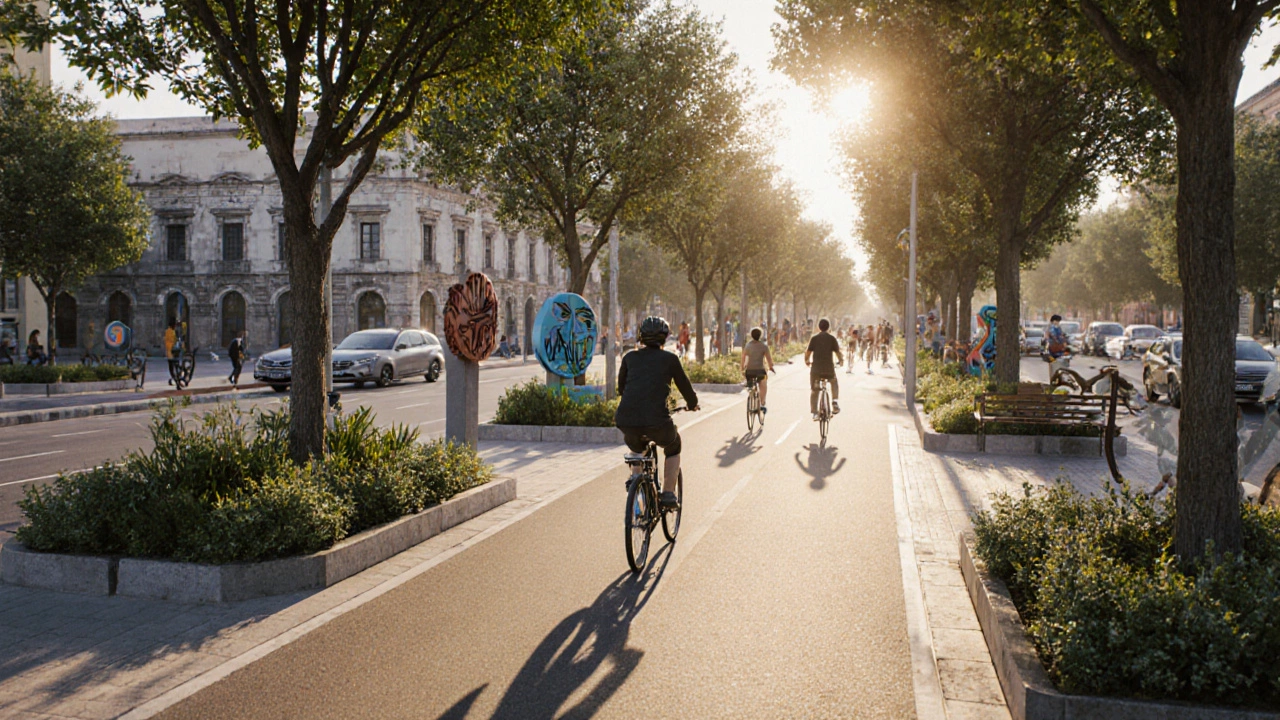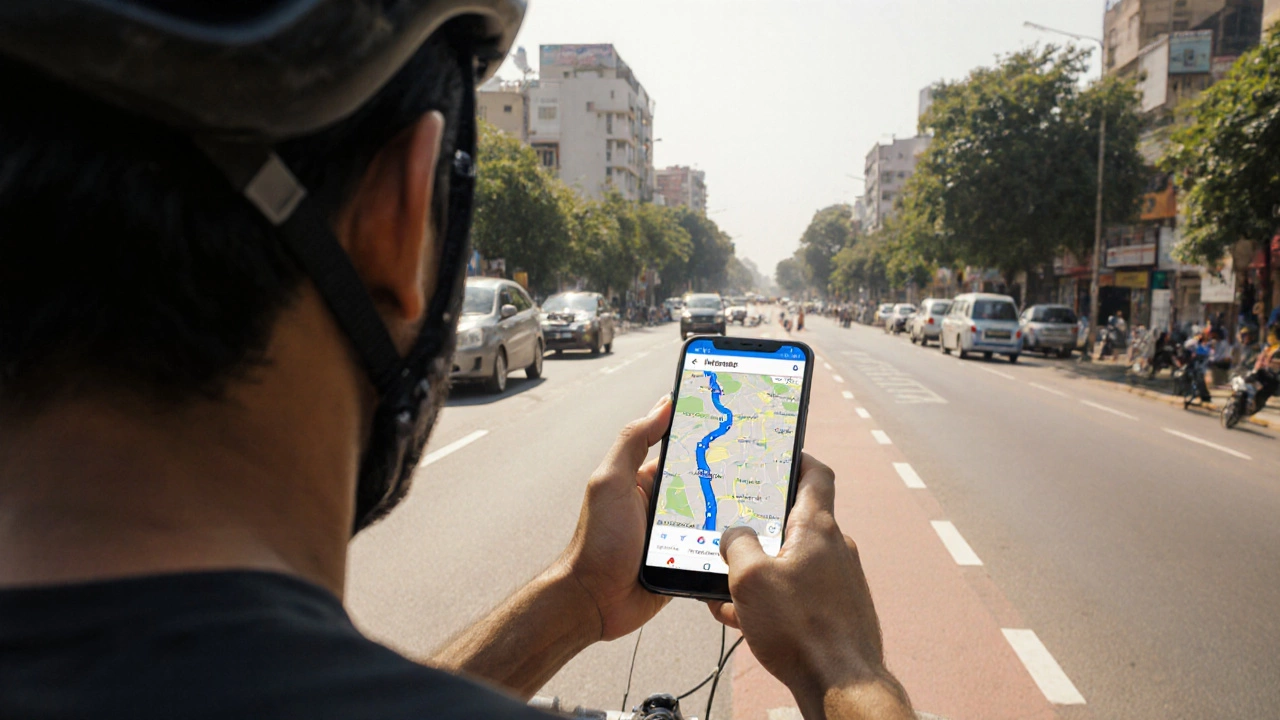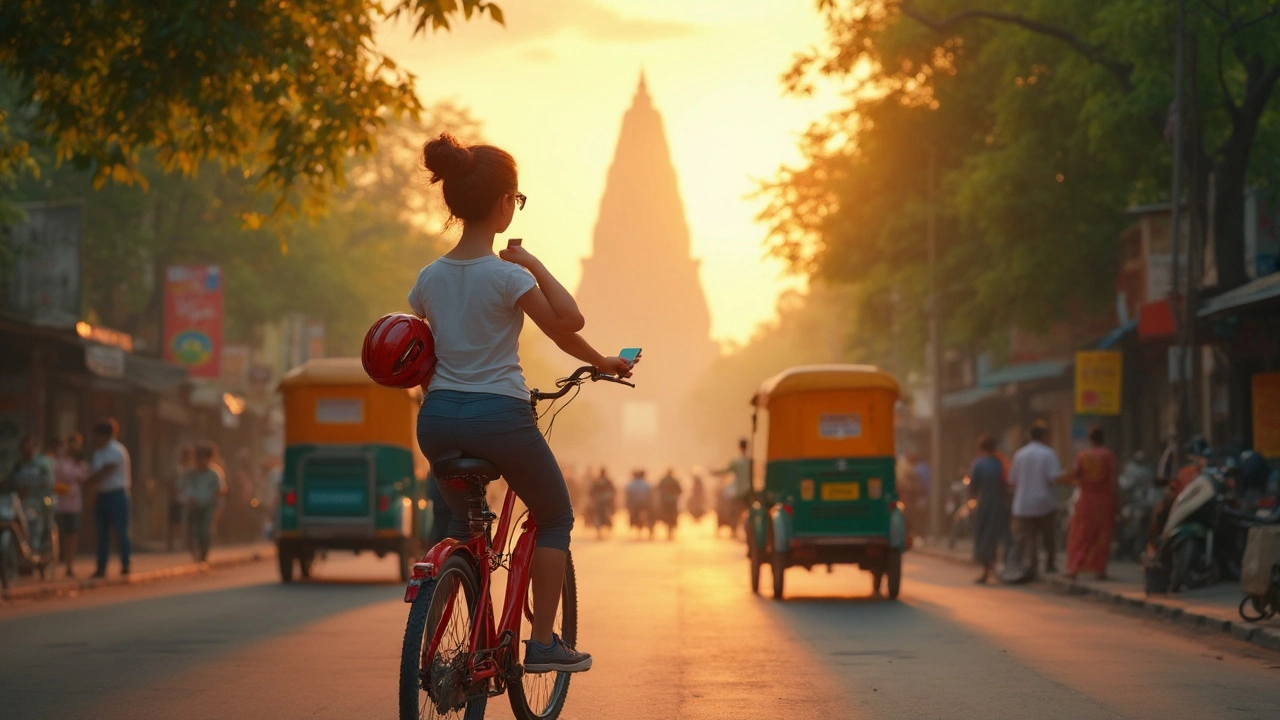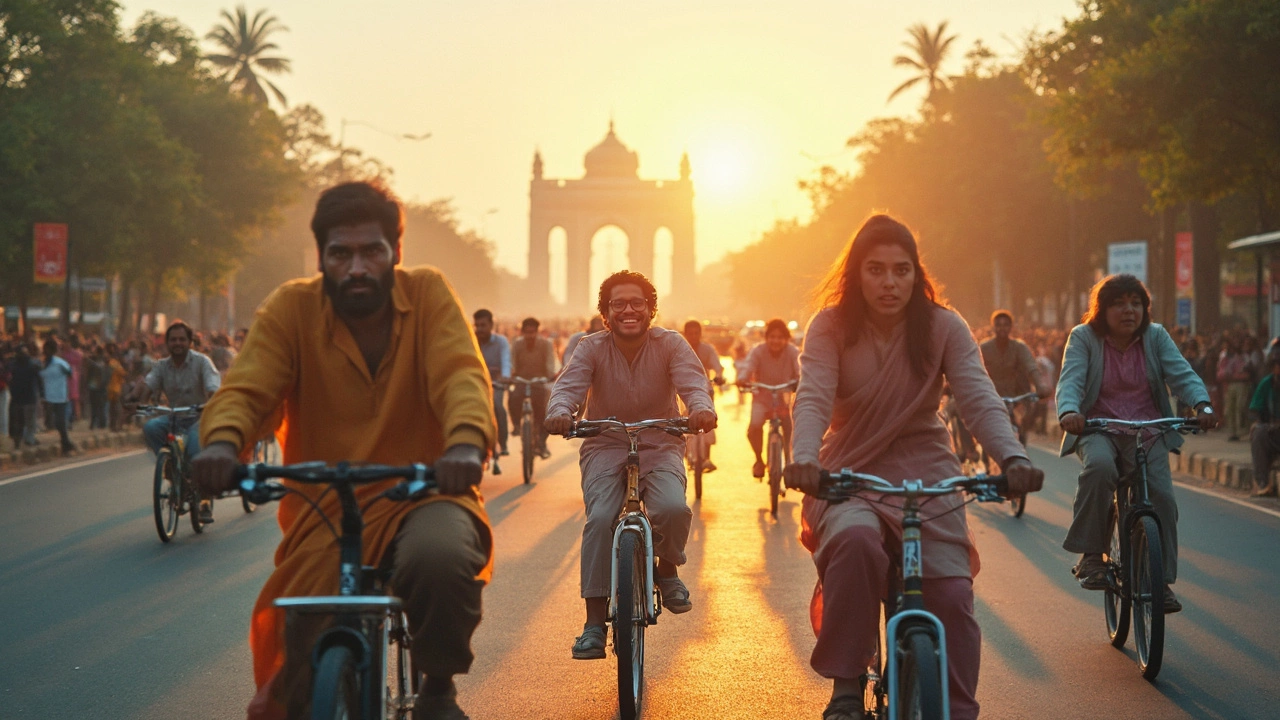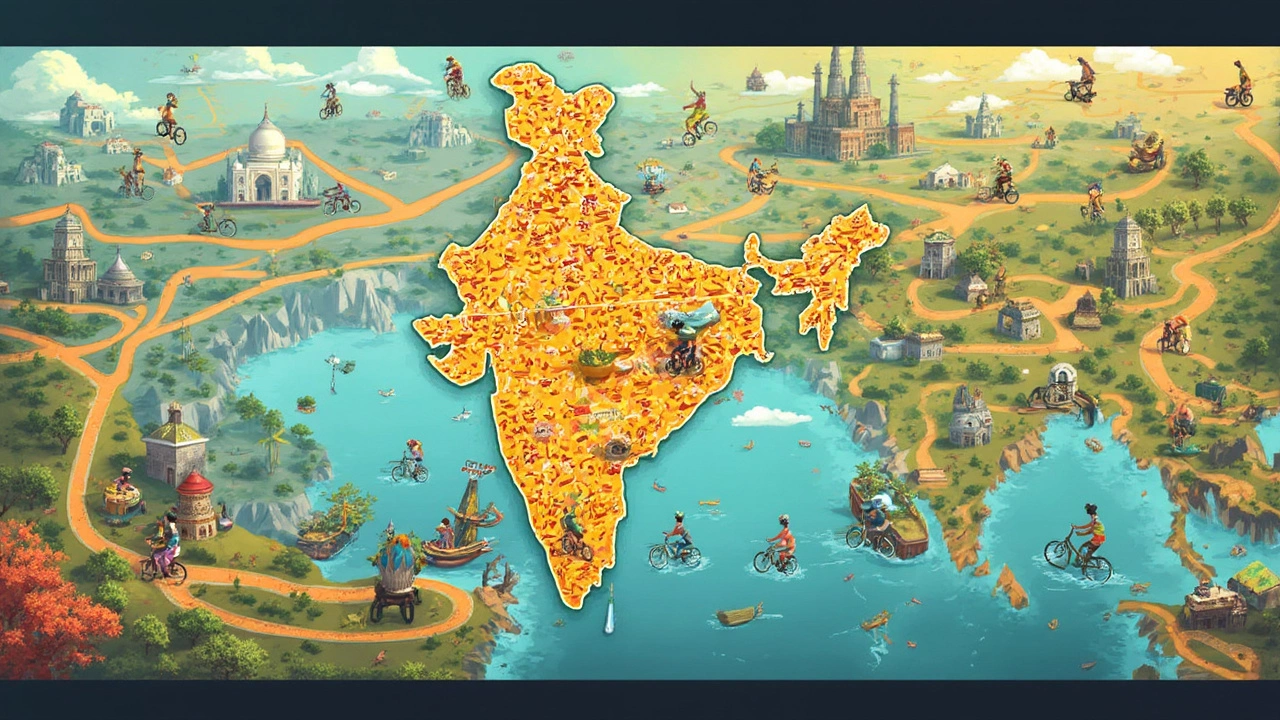cycling – maps, routes & tips
Welcome to the cycling hub at Master Players & Boosts Arena. Whether you’re planning a daily commute, a weekend ride, or a long tour, the right map and a few smart tricks can make every pedal stroke smoother. Below you’ll find quick how‑tos, real‑world examples, and the latest insights to help you ride smarter, not harder.
Google Maps for cyclists
Google Maps is a go‑to tool for many, but its bike option can feel hidden. Our post "Why Google Maps Lacks a Bicycle Option" breaks down the reasons behind the missing button and shows you work‑arounds to still get bike‑friendly directions. The key takeaway? Use the "Add a layer" feature on the desktop version and select "Bike routes" – it’s a simple tick that unlocks a whole network of bike lanes.
If you’re ready to dive straight into route planning, the "Google Maps Cycling Route Planning: The Simple How‑To" guide walks you through the exact steps. Start by typing your start and end points, tap the bike icon, and then check the route profile for elevation and traffic. You can also drag the line to force the app through a preferred street or park path. For quick fixes, the guide explains how to toggle "Avoid highways" and "Show bike lanes" to get rid of unwanted road segments.
Top biking destinations & map tools
Curious about where cyclists rule the streets? Our article on the "Most Biked City in the World" reveals the city where bikes outnumber cars. The secret sauce is a blend of protected lanes, bike‑share programs, and a culture that treats cycling as the default commute. Knowing this helps you pick a destination that’s ready for riders and gives you a template for lobbying better bike infrastructure at home.
Choosing the right map is just as important as picking a route. In "What is the Best Map for Bike Routes?" we compare digital options like Google Maps, Komoot, and Strava Heatmap with classic paper maps that still have value on remote trails. Digital maps win on real‑time traffic and elevation data, while paper maps shine when you’re offline or need a quick overview of a whole region. The article also shares a tip: download the map area for offline use before you head into a spot with spotty cell service.
Putting these ideas together, you can create a reliable workflow for any ride: start with a high‑level view from a paper map or an online city guide, then switch to Google Maps or Komoot for turn‑by‑turn directions, and finally use a bike‑specific layer to avoid traffic snarls. Keep a notebook or a notes app handy for quick observations – note where road signs are missing, which streets feel unsafe, and share your findings with the community.
Ready to test a new route? Pick a nearby bike‑friendly road, pull up the "Bike routes" layer in Google Maps, and adjust the path to include a park or a quiet side street. You’ll notice the difference within minutes: smoother rides, fewer stop‑and‑go moments, and a clearer sense of where you can safely push your speed.
Stay tuned to the cycling category for fresh posts, seasonal route ideas, and deeper dives into gear, training, and safety. Every article is built to give you a practical tip you can apply today, so you spend less time planning and more time enjoying the ride.
